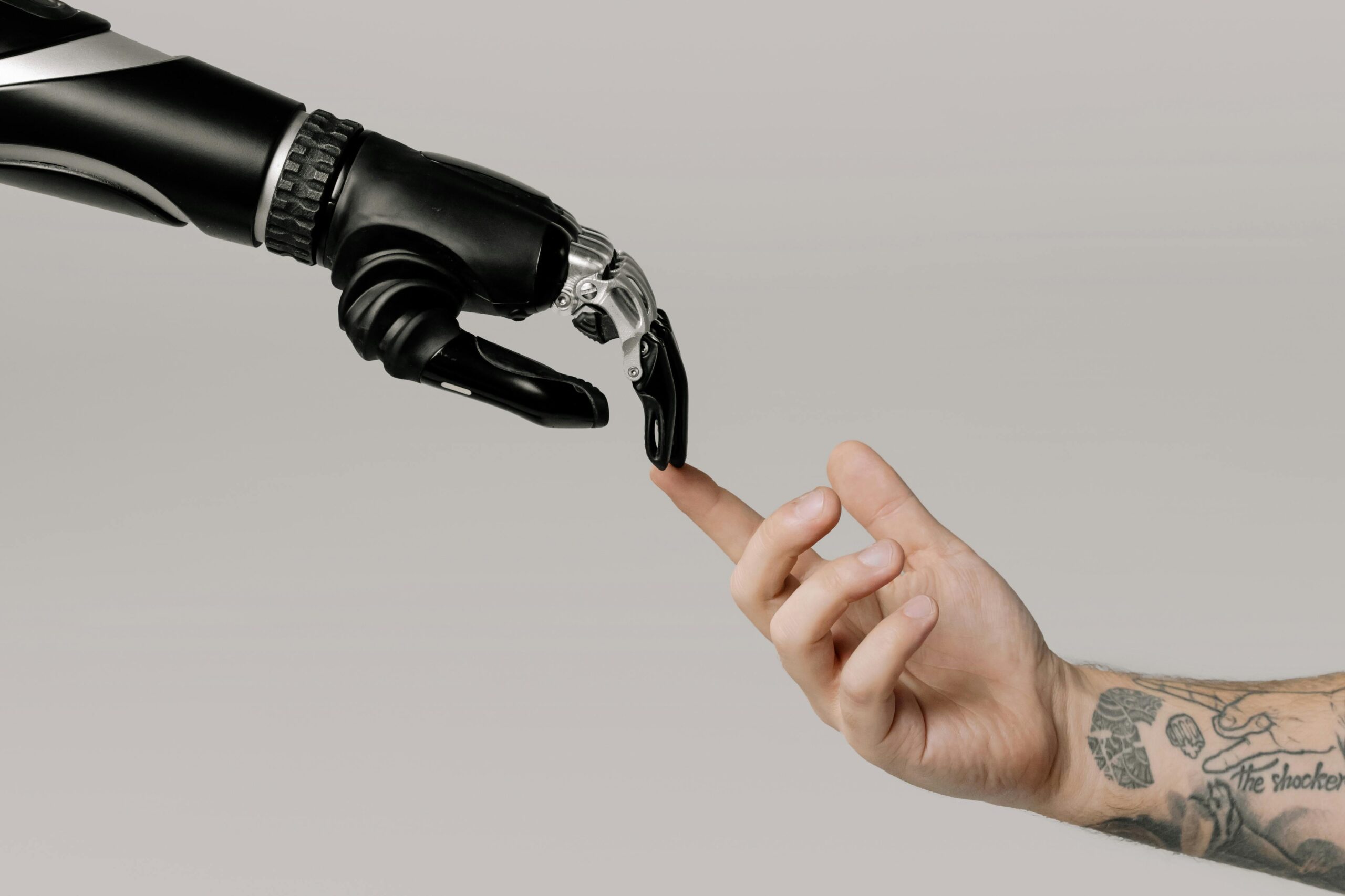Businesses need to reevaluate how to upskill their workforces because employee tenure at companies is at an all-time low and the unemployment rate is expected to stay lower than historically low. It should come as no surprise that artificial intelligence (AI) is making its way into the workplace. AI offers a clear way to automate repetitive jobs and production, but companies must also keep in mind that their workforce must develop and learn new skills, which AI can support.
Chief People Officer of D2L Amy Clark stated in an interview that “people leaders have a clear message: prioritizing workforce upskilling is no longer optional; it’s a strategic imperative.” The urgent need to prepare their companies for the revolutionary effects of automation and artificial intelligence is evident in the findings of D2L’s latest research, which found that 75% of learning and development leaders agree.
AI can aid in the development of conventional soft skills or human talents, even if many firms have shifted toward providing their staff with AI training. “Technical skills alone are not enough,” says Clark. Additionally, our study revealed that leaders in L&D and employees alike value human talents, managerial abilities, and leadership as much as AI and machine learning know-how. Important abilities for jobs requiring people leadership and sophisticated decision-making include critical thinking, creativity, and emotional intelligence.
Boost your skill with AI
To proactively meet these needs, Clark’s team is providing thorough upskilling programs that give workers control over their professional growth. Every employee gets an annual professional development stipend that they can use to enrol in accredited courses that meet the company’s changing needs. These courses can cover emerging technologies like artificial intelligence as well as other fields that require human skills like business, wellness, and sustainability.
The profitability and resilience of organizations in the quickly changing employment market of today depend heavily on ongoing skill development. D2L’s study reveals an important gap: Only 51% of workers have taken any formal courses or training outside of the workplace in the previous five years, even though 83% of workers understand the value of continuing skill development.
Employers now have a great chance to develop learning opportunities that are pertinent, useful, and in line with company objectives, as the development of generative AI highlights the need for both technical and human skills. Organizations can boost employee buy-in and commitment by outlining the precise skills and competencies that participants will acquire. This way, the programs become a worthwhile investment in employees’ growth rather than just another required task, according to D2L senior strategy and public affairs manager Malika Asthana.

Upskill Internal Workers prioritize their present employer when seeking new skill development. According to 41% of workers, this is where they would go first to acquire skills unique to their current position or industry.
This greatly exceeds the 14% who would seek a university and the 17% who would go straight to a community college for identical purposes. For businesses, this is a clear call to action: investing in comprehensive career-development programs and explicit growth tracks is crucial. According to Clark, workers want direction and curation of learning opportunities so they can be confident that their company will appreciate their time when they do put it in.
Businesses increase long-term loyalty by upskilling people where they already work. Individuals recall companies that made investments in their personal and professional development, showed confidence in them, and assisted them in improving.
Connect skills to results
The learning opportunities provided to employees must be pertinent, outcomes-driven, and immediately applicable to their day-to-day work in order to guarantee that professional development budgets are used wisely. According to Clark, employees are more likely to consider upskilling as a wise investment in their future rather than just another box to check when they recognize the practical application of the skills they are learning.

Organizations can demonstrate how enhanced leadership or communication abilities impacted company outcomes to link skills to outcomes. Maybe middle managers who receive leadership training can increase team engagement and productivity, or they discover that deploying training programs using AI lowers administrative expenses. Results must be communicated to the organization to have a positive business impact and to inspire future upskilling.
While AI is quickly automating activities and joining the workforce, businesses also need to prioritize upskilling their workers. AI can support the growth of human and technical abilities alike, including creativity, critical thinking, and emotional intelligence. Internal upskilling fosters enduring loyalty since workers value companies that support their personal and professional development.
(Tashia Bernardus)
